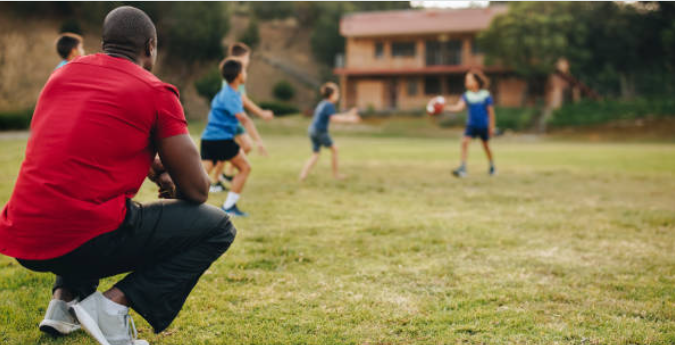What if Schools Prioritized Physical Literacy?

Previously published in Volume 81, Issue 3
In May, 2015, I had the privilege of being the keynote speaker at the annual Saskatchewan Physical Education Association Conference in Regina. The title of my presentation was “What If …” The premise of my talk was partially based on Corlett and Mandigo’s 2013 article entitled “A Day in the Life: Teaching Physical Literacy.” In their article the authors described how physical literacy can be compared to other subject-specific literacies within the school’s academic curriculum including language arts, numeracy and music.
In Saskatchewan, schools have placed a major emphasis on increasing their grade level reading scores based on the notion that improved reading ability early in children’s academic careers will help them become better learners throughout their lives and across other content areas. No one disputes the idea that the ability to read and to do it well will certainly improve a child’s ability to learn for a lifetime. In preparing my keynote address, I used this premise for language arts literacy and transferred it to physical literacy.
What if physical education became the most important and most chosen subject area within the core curriculum? What would our education system be like if physical literacy was the central theme supporting all of our work as educators within all curriculum content areas?
Schools in motion
First of all, quality daily physical education would become mandatory — and it would certainly be longer than 30 minutes per day. In order to increase language arts and math scores many schools and school districts have increased their instructional time in these content areas much to the demise of other core subjects such as physical education, science, social studies, music and the arts. What if the reverse occurred?
What if physical education was allotted the same time within the school day as language arts? If schools placed such an emphasis on physical literacy there would be an increase in physical activity, physical skill and personal success. Cognitive skills would increase and students would be more focused and better able to learn throughout the day, leading to increased success in all of the other subject areas.
Behaviour boost
Students would feel better and their psychological and mental wellness would be enhanced. This in turn would lead to a decrease in behavior problems, bullying and other social problems, and higher levels of self-esteem. Students would also become more physically fit and their overall wellness would improve. All of these factors would lead to a greater opportunity for academic and personal success in the future as well as an increased chance for students to be physically active for life. Just like language literacy prepares children for life, so too can physical literacy.
Intervention and support
Taking the idea of increased physical literacy within the school curriculum one step further, what would we do if our students did not reach an attainable and set physical literacy standard at each grade for each student? If this was the case for language arts there would be a myriad of interventions that schools would inherently put in place to increase and promote adequate levels of reading at each grade. What if we had a student support system for physical education just like we currently have in language arts and math? If a child couldn’t run properly, or catch, or throw by the end of Grade 3, then we would involve the student support teacher in order to help. We would create an Individual Education Plan, then document and implement instructional strategies in order to respond to the learning and movement needs of the student.
Supports and interventions might include extra instruction from the student support teacher; possibly an educational assistant could spend extra time in class; inter-agency external supports might be added; we might adapt facilities; purchase new equipment; or modify existing equipment. Responsive teaching, differentiated instruction and response to intervention are all well-used strategies to support the development of literacy and numeracy in children. Why not use the same interventions to help students who are struggling in their movement skills and physical development.
Just like language arts uses guided reading and levelled literacy interventions to help students improve their reading, what about guided physical literacy and physical literacy interventions that help students when and where they truly need it as they learn, grow and develop their fundamental movement skills. The school system is well prepared to help students who have trouble with their academic learning. What would our schools look like if we invested those same strategies and interventions into physical literacy?
Dream big, make changes
As a collective group of physical educators, if we were able to achieve such a high standing for physical literacy within the school core curriculum, could we deliver? Are we prepared as physical educators to implement strategies and lobby for the physical literacy needs of our students. The health and wellness of our children needs to be seen as a prerequisite for optimal learning in all subject areas. As educators there is something inherently good about seeing our students doing well throughout their journey in life. As physical educators we truly understand the value that physical literacy has at all stages of life but especially during the early growth and developmental stages of our students.
What if … you could be the change that implements physical literacy as the cornerstone of your school’s curriculum and programming? Physical literacy plays a very important part within our educational curriculum and the development and growth of all children. Dream big, follow your passion. Know the impact of physical literacy on your students' lives and your critical role in shaping it. What if you had the power to make a change? What would your classroom, school system, or organization look like with physical literacy as the foundation?
References
Corlett, J. and Mandigo, J. (2013). A day in the life: Teaching physical literacy. Physical and Health Education Journal, 28(4), 18-2.








